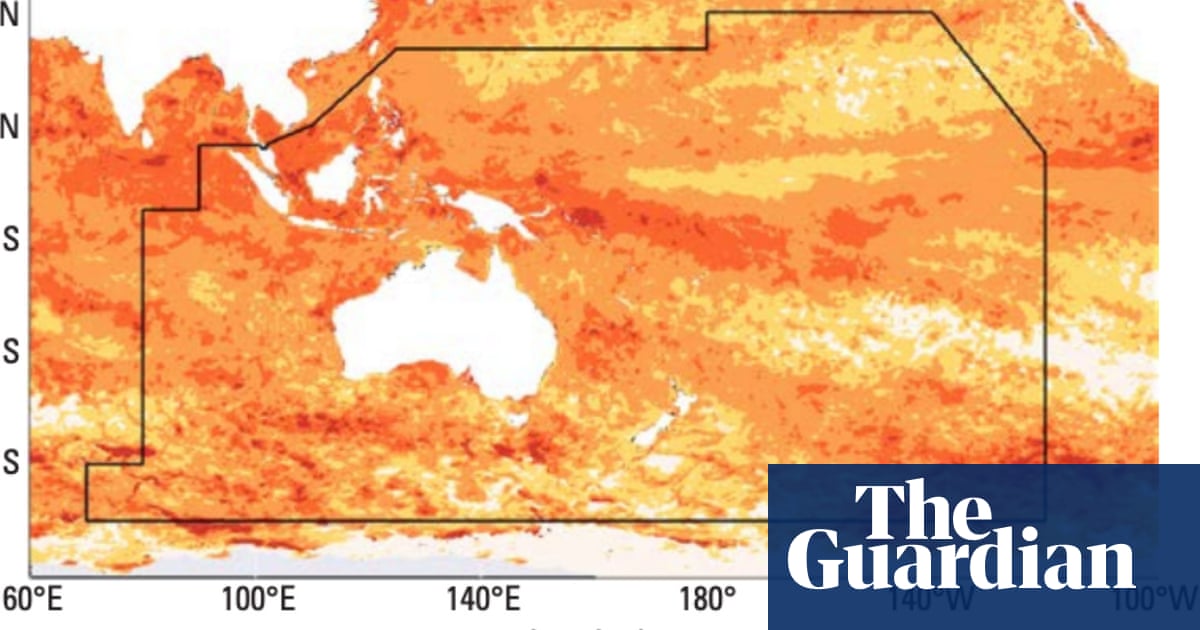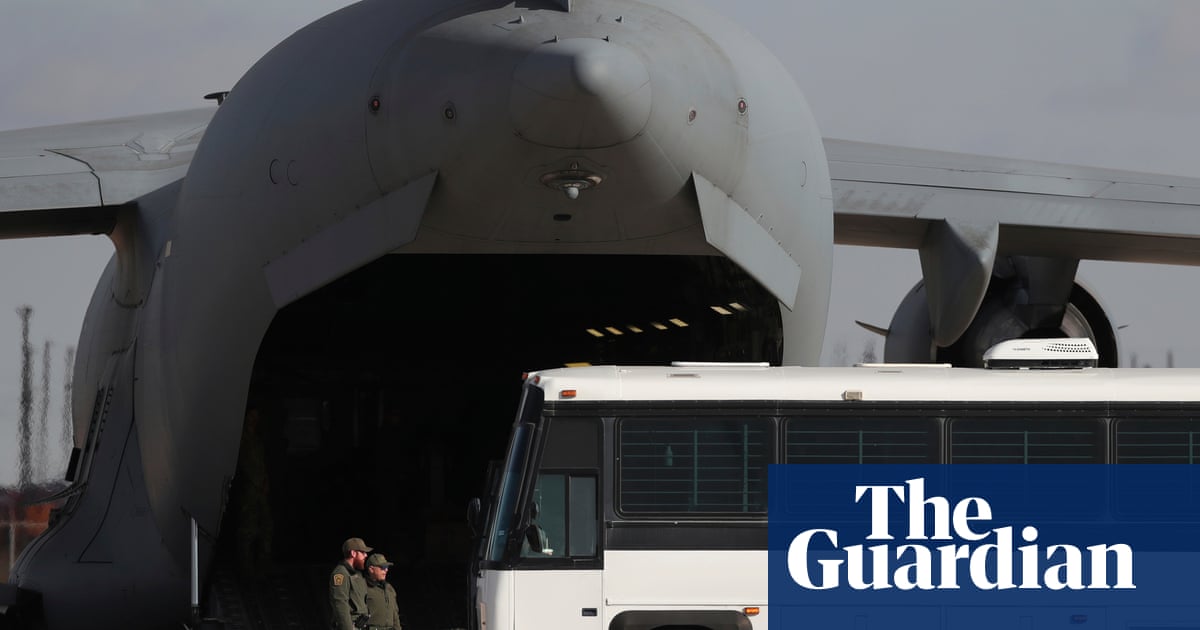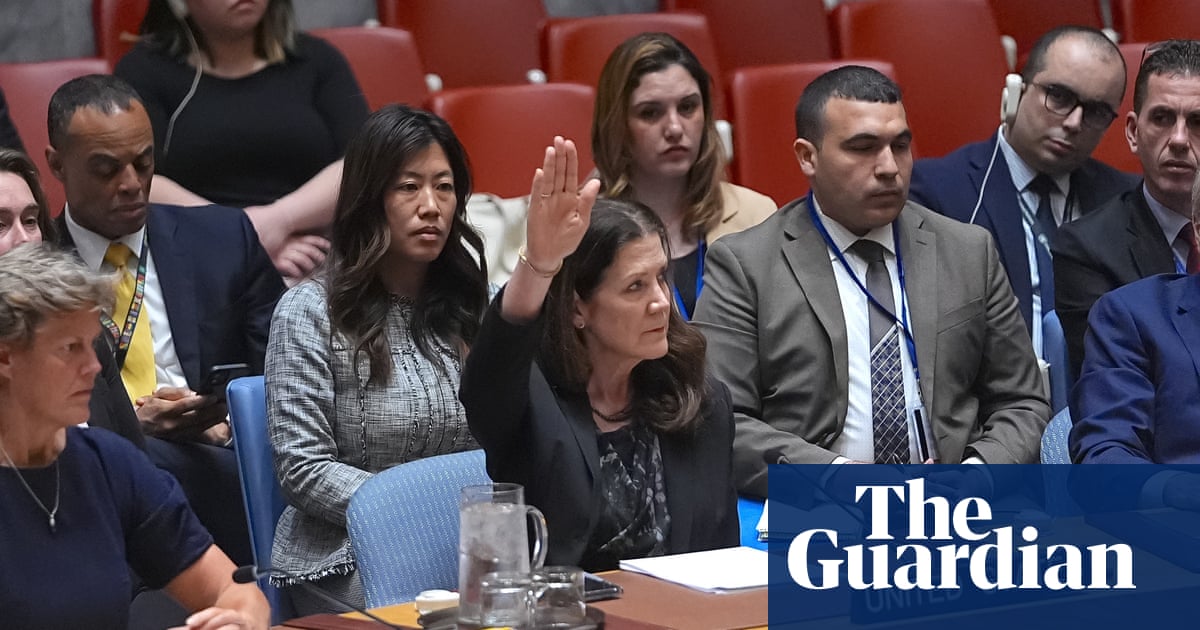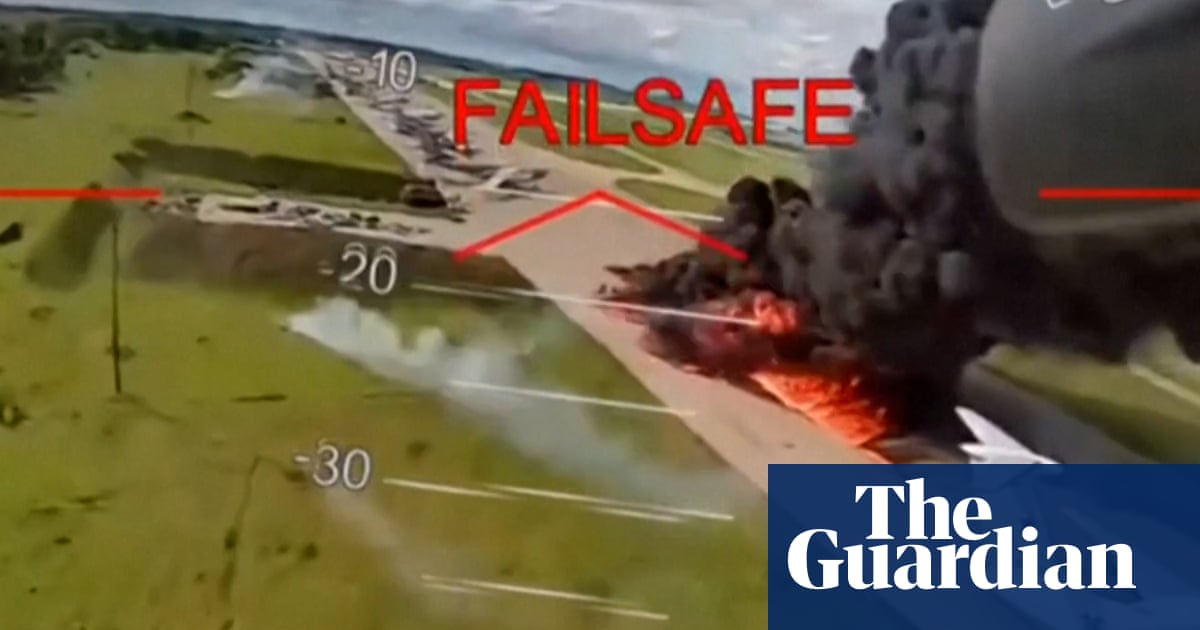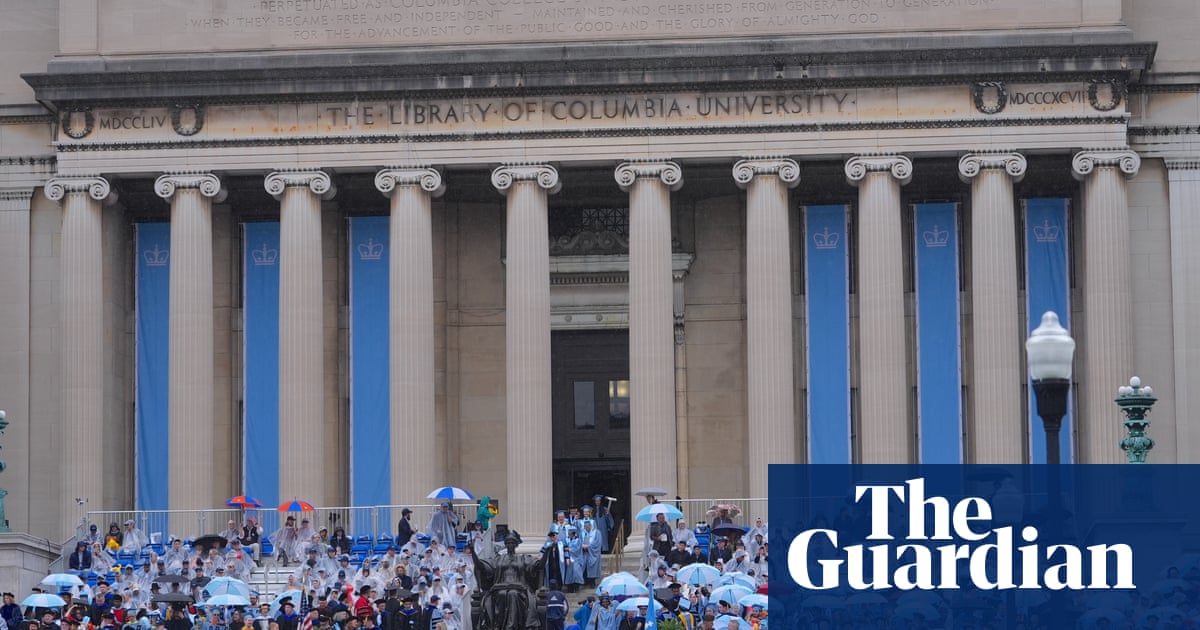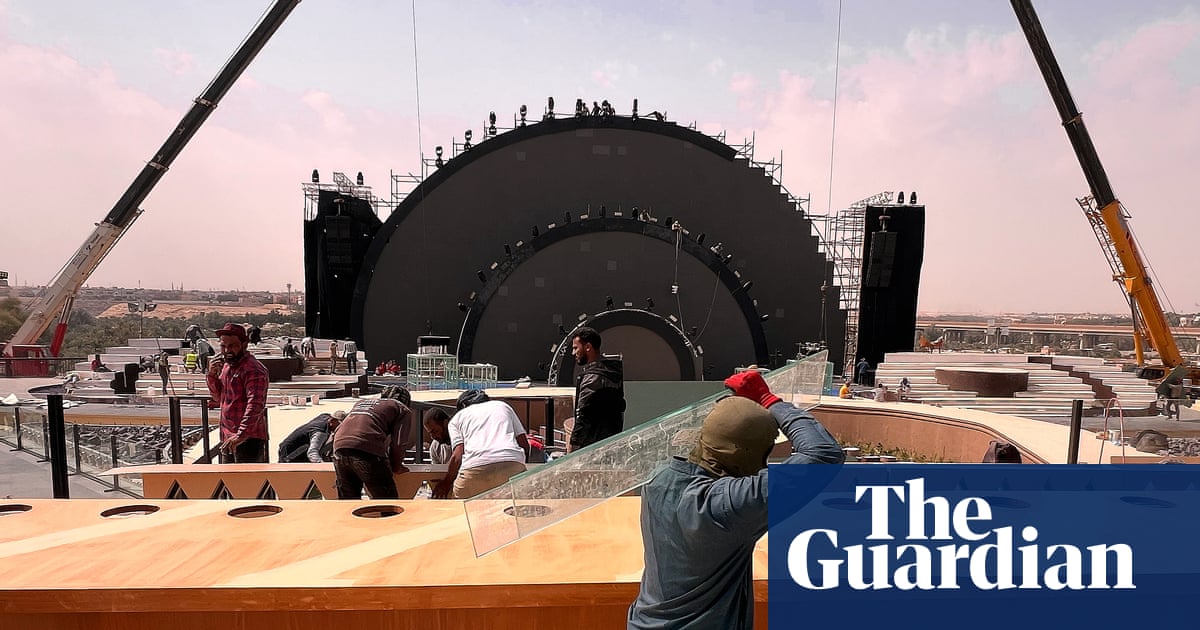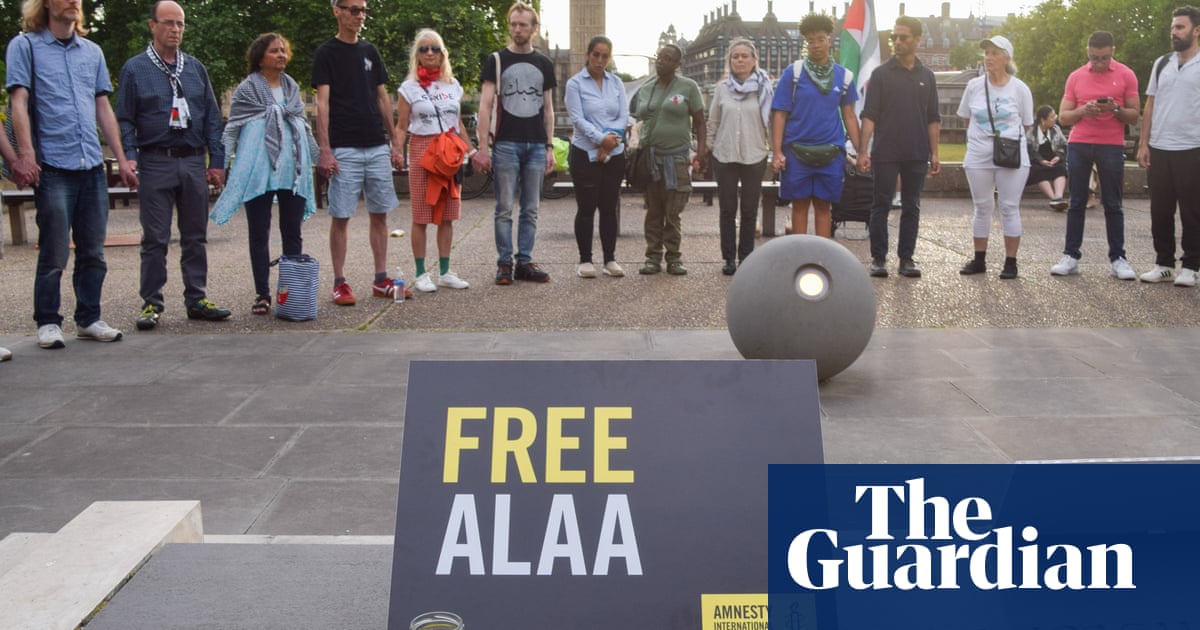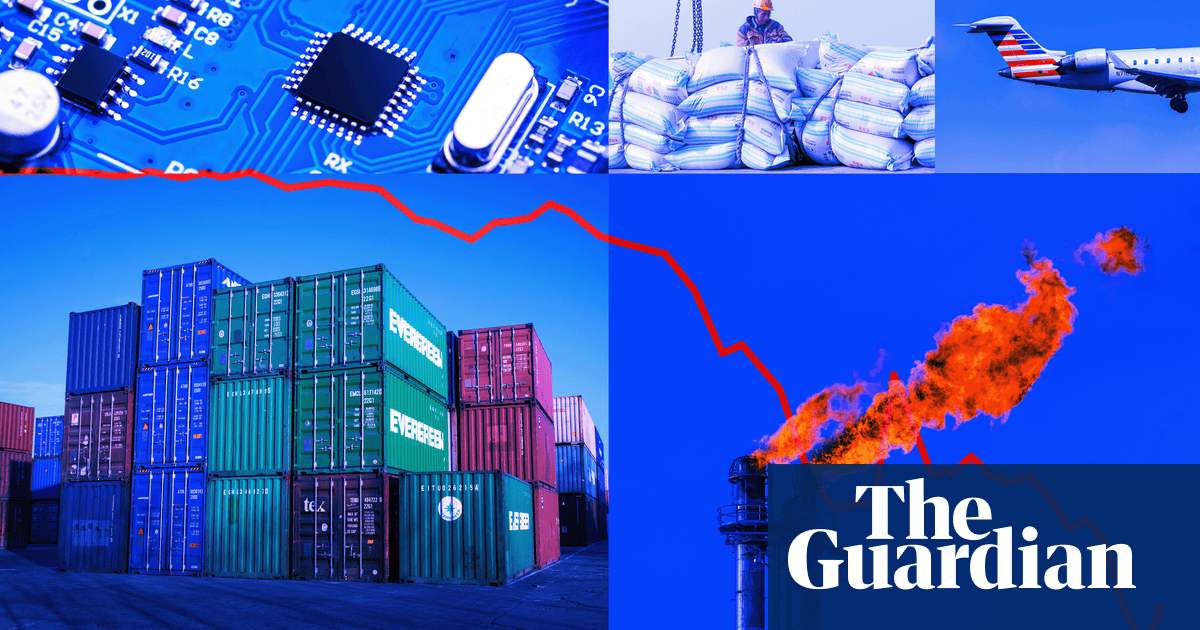Waiting for the M49 bus to the zoo, Wolfgang, 82, peers down at the crumpled concrete and metal rubble below, the remains of a Berlin bridge recently demolished after wide cracks were discovered.
Over the loud pounding of a hydraulic hammer crushing the concrete, the retired technician says he watched its construction about 60 years earlier from the window of his nearby flat. “Now we have to hope they’ll get their act together to build a new one, though I have my doubts I’ll be alive to see it finished,” he says.
Berlin’s three-lane Ringbahnbrücke (ring road bridge), was closed unexpectedly in March, causing chaos and prompting a mass diversion of the 100,000 vehicles that used it daily.
A month later, in eastern Berlin, the strategically important Wuhlheide Bridge was added to the growing list of what have been labelled “Brösel Brücken” (crumble bridges) and is in the process of being demolished, just one among several across Germany to have recently been closed or, more dramatically still, to have collapsed. Experts have estimated that 4,000 autobahn bridges and 12,000 other road bridges are in urgent need of repair or replacement.
Such are the concerns over the impact of decades of underinvestment that they have, alongside disintegrating school buildings and the beleaguered rail network, shot to the top of the agenda as Friedrich Merz’s new government promises billions to renew Germany’s creaking infrastructure.
In the eastern city of Dresden last September, the 53-year-old Carola Bridge spanning the Elbe tumbled into the river in the middle of the night, 10 minutes after a tram had passed over it. City authorities said it was a miracle no one had been killed.
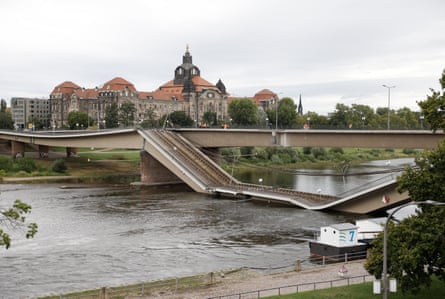
Streets in the picturesque town of Lüdenscheid in western Germany are clogged with 25,000 HGVs a day, diverted there after the nearby Rahmede viaduct, a vital transport artery, was closed in 2021 owing to structural concerns and subsequently demolished. Locals complain of intense noise and emissions pollution, while businesses say their turnover has been hit and skilled workers are departing in droves. A partial new-build is under way, expected to be finished next year.
Germany, for decades Europe’s economic powerhouse, also has a reputation for being a land of skilful engineers and efficiency. What has gone wrong?
Oliver Holtemöller, the head of macroeconomics at the Halle Institute for Economic Research, says the problems lie not in a lack of public financing, but elsewhere: “The burden of bureaucracy, highly complex planning procedures and the lack of skilled people to carry out the work.”
This, he said, was compounded by “politicians who want to be re-elected, who prioritise projects with a very short-term return”. Even before he was sworn in as chancellor last month, run-down infrastructure was high up on the list of Merz’s domestic concerns.
In March, he pushed a €500bn (£422bn) fund through parliament to inject money into infrastrukturstau (infrastructure congestion) over the next 12 years, to be financed through borrowing.
Bridges have earned an even more prominent place in the debate amid the recognition that the costs of their renovation can be included in Germany’s military spending commitments. Bridges, after all, have to be capable of carrying military tanks; they must be kriegstauglich (fit for war). Many, in their current state, are not.
For the Greens and other opposition parties, this is going too far. But, as the government signals a willingness to raise its defence spending gradually from 2% to the 5% that Donald Trump has called on Nato members to commit to, it is also widening the definition of what counts as defence spending. The foreign minister, Johann Wadephul, has said he plans to include not only pure military spending but also investments in infrastructure the military needs to use – such as roads, rail and bridges.
Either way, fixing the bridges is seen as a key test for Merz: can he get a grip on the myriad challenges facing Europe’s largest economy, which has had three years of negative growth? And could that help him claw back support from the far-right Alternative für Deutschland party (AfD)?
“Let the diggers roll,” his finance minister, Lars Klingbeil, of the Social Democrats, said last month, in an attempt to drum up some excitement.
According to a report by the German Chamber of Industry and Trade, which represents millions of businesses, the state of Germany’s bridges is “symbolic of the desolate state of the entire infrastructure in [the country]”.
In comments to the broadcaster RBB, Helmut Schmeitzner, a professor of structural engineering at Berlin’s School of Economics and Law, warned: “In general, our infrastructure is in such a state that we have to expect that such incidents as bridge and road closures will occur more frequently in the future.”
So embedded has the idea of Germany’s creaking infrastructure become that the heute-show, a popular satirical TV programme, recently dedicated a whole episode to “Crumbling Germany”. “Rust in peace” would be the appropriate slogan for the state of the nation if things did not improve, it joked.
For many, however, it is no laughing matter; they warn that if Merz fails to make improvements – and quickly – the political fallout could be toxic. The AfD has already sought to profit from the controversy, calling the multiple closures and the collapse in Dresden “not isolated cases but symbols of creeping state failure”.
Holtemöller urged the government not to rush into fixing Germany, “because that would fuel inflation but not produce real value or better bridges”. It should “analyse where the investment is needed, which bridges are nearing the end of their lifespans” and “bring actions and words together and not promise more than it’s possible to deliver”, he said.
“Most of all they should focus on long-term strategic planning.”

 1 day ago
16
1 day ago
16

